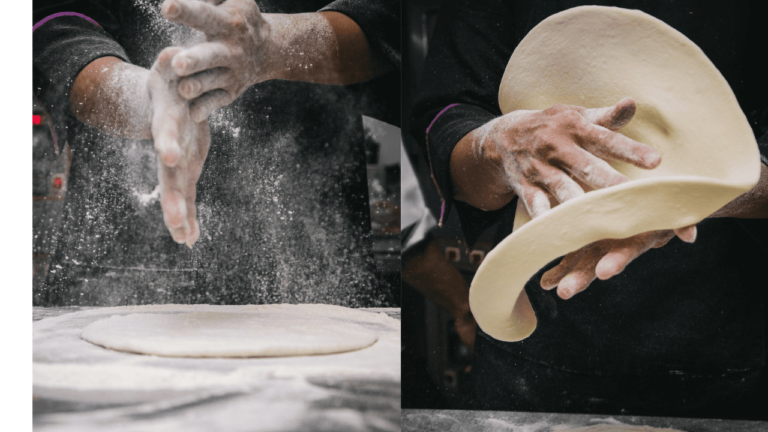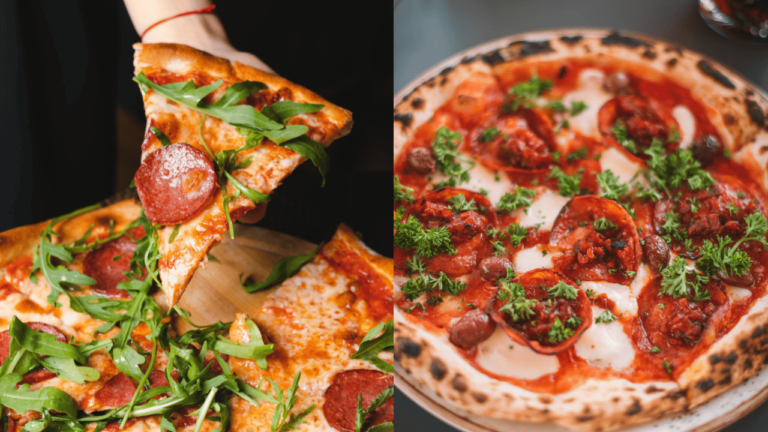Uncovering 5 Global Plates: A Journey Through the World’s Best Cuisines
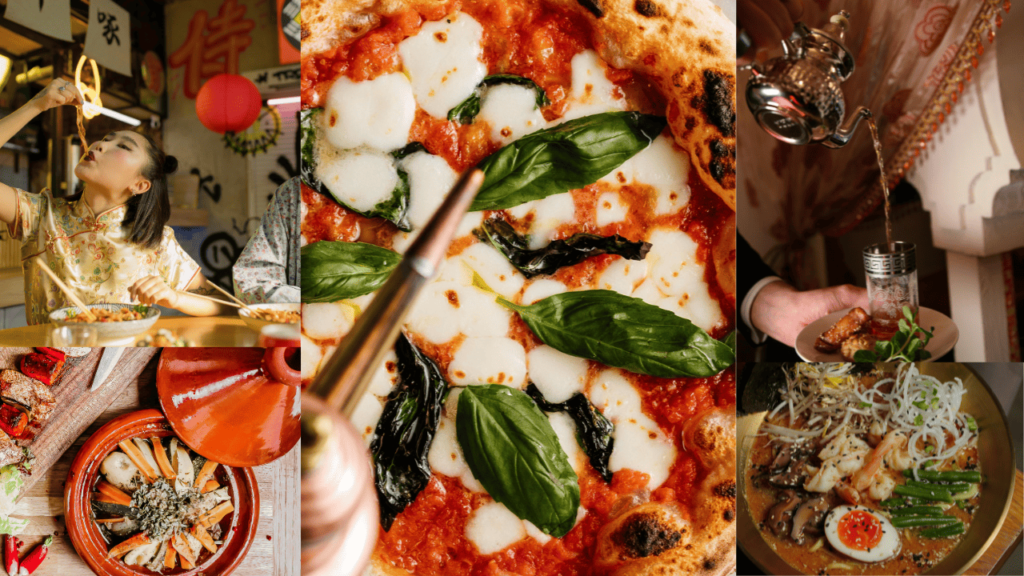
International cuisine refers to the vast tapestry of dishes, flavors, ingredients, and cooking techniques from different cultures and regions across the globe. Each country, and often each region within a country, has its own unique culinary identity shaped by historical traditions, climate, geography, and local ingredients.
From the spicy curries of India and delicate sushi of Japan to the rich pasta sauces of Italy and savory tagines of Morocco, international cuisine offers a sensory journey that reflects not just the food, but the values, history, and spirit of each culture.
Exploring international cuisine is a dive into the diversity of flavors, where no two dishes are quite the same
Every region tells its own story through food.
Here are 5 distinctive world cuisines, each with its own unique diversity, rich history, and culinary traditions.
Italian Cuisine
Renowned for its focus on high-quality, simple ingredients, Italian cuisine emphasizes fresh herbs, olive oil, tomatoes, cheeses, and pasta. Each region of Italy has its own specialties, from Naples’ pizza to Sicily’s seafood and the creamy risottos of the north.
the best dishes Italian cuisine
- Pizza Margherita
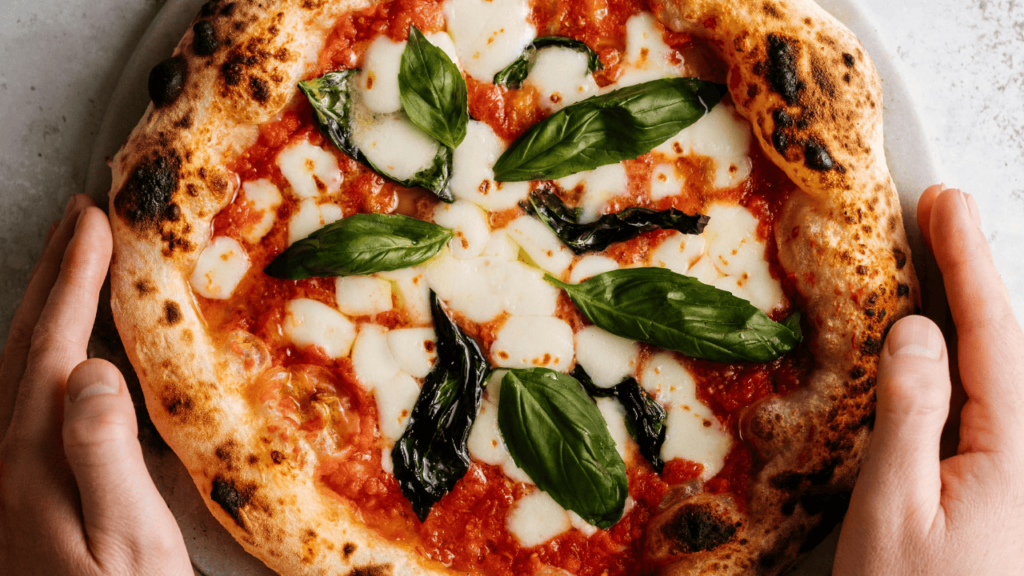
This Neapolitan classic, made with simple ingredients—tomato, mozzarella, fresh basil, olive oil, and salt—highlights the quality of Italian ingredients. Its origins trace back to Naples, and it’s loved for its thin, crisp crust and harmonious flavors.
- Lasagna
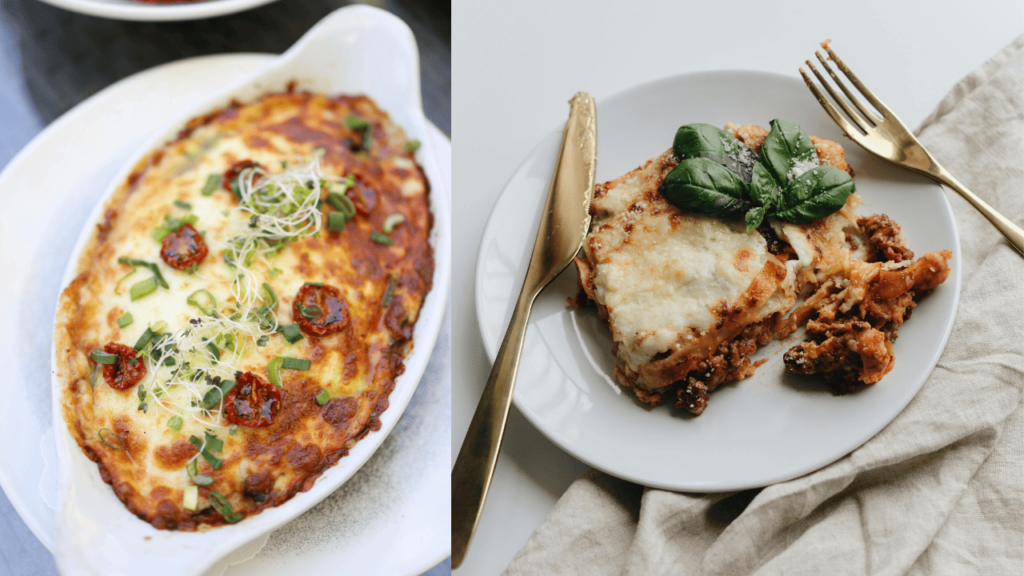
A layered pasta dish from Emilia-Romagna, lasagna combines sheets of pasta with Bolognese sauce (meat-based tomato sauce), béchamel (white sauce), and plenty of melted cheese. It’s a comfort food staple and a beloved Italian classic.
- Tiramisu
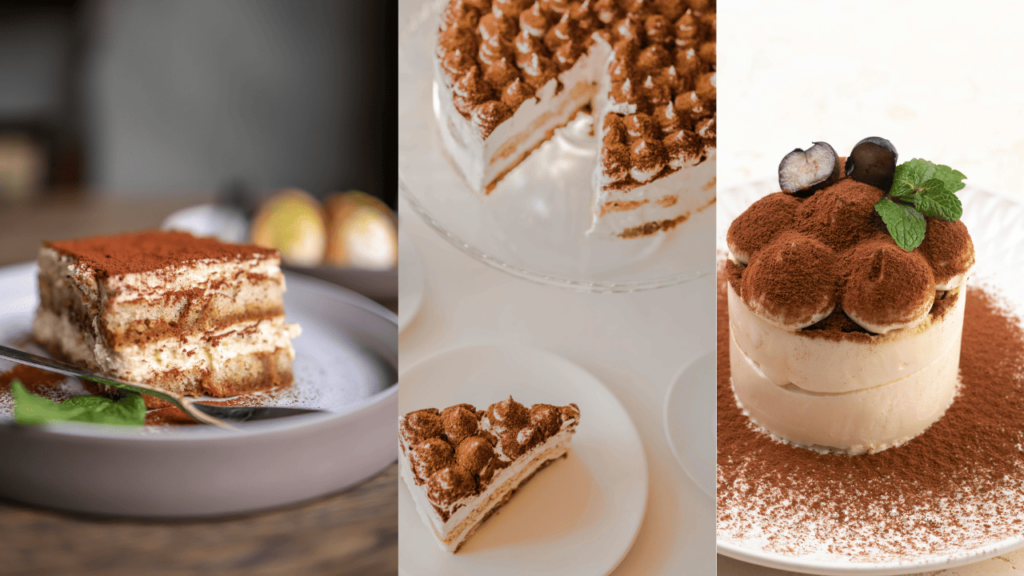
Italy’s most famous dessert, tiramisu is a layered treat of coffee-soaked ladyfingers, creamy mascarpone cheese, eggs, sugar, and cocoa powder. Originating in Veneto, it’s known for its rich flavors and light, airy texture.
Japanese Cuisine
Japanese cuisine revolves around rice, seafood, and seasonal ingredients. Dishes like sushi, sashimi, and ) showcase Japan’s dedication to fresh, high-quality ingredients, while traditional meals incorporate elements of umami, a savory taste considered the fifth flavor. Japan’s culinary philosophy focuses on balance, harmony, and aesthetic beauty.
Here are some of the best dishes in Japanese cuisine, each highlighting Japan’s dedication to balance, freshness, and artistry:
the best dishes Japanes cuisine
- Sushi

Perhaps the most internationally recognized Japanese dish, sushi combines vinegared rice with raw or cooked fish, seafood, and sometimes vegetables. Popular types include nigiri (fish atop rice), sashimi (slices of raw fish), and maki (rolled sushi with seaweed and rice). Its simplicity and emphasis on high-quality ingredients are key to its appeal.
- Ramen
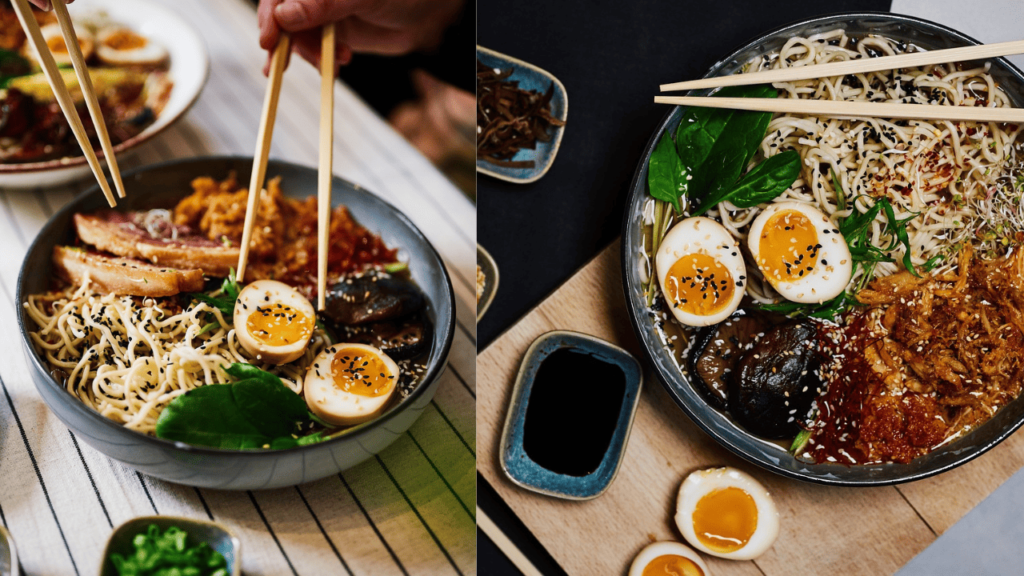
Ramen is a beloved noodle soup with variations across Japan. The dish typically includes wheat noodles, a savory broth (like shoyu, miso, tonkotsu, or shio), and toppings such as sliced pork, green onions, seaweed, and a soft-boiled egg. Each region has its own twist, making ramen a diverse and comforting staple.
- Takoyaki
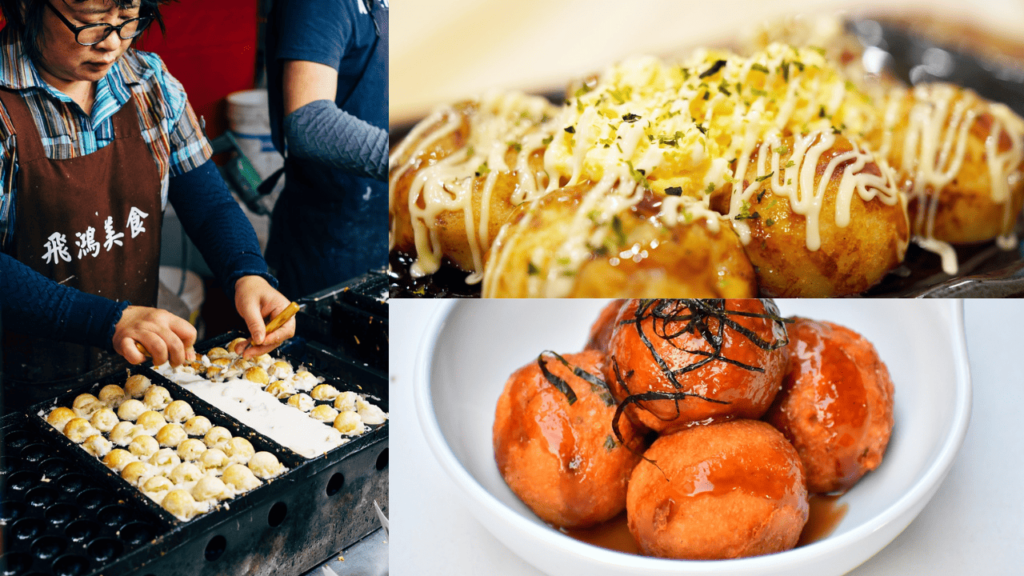
A popular street food from Osaka, takoyaki are round, batter-based snacks filled with diced octopus, green onions, and pickled ginger. Cooked in special takoyaki pans, they’re served with takoyaki sauce, mayonnaise, and bonito flakes, delivering a deliciously savory and slightly creamy taste.
- Sukiyaki
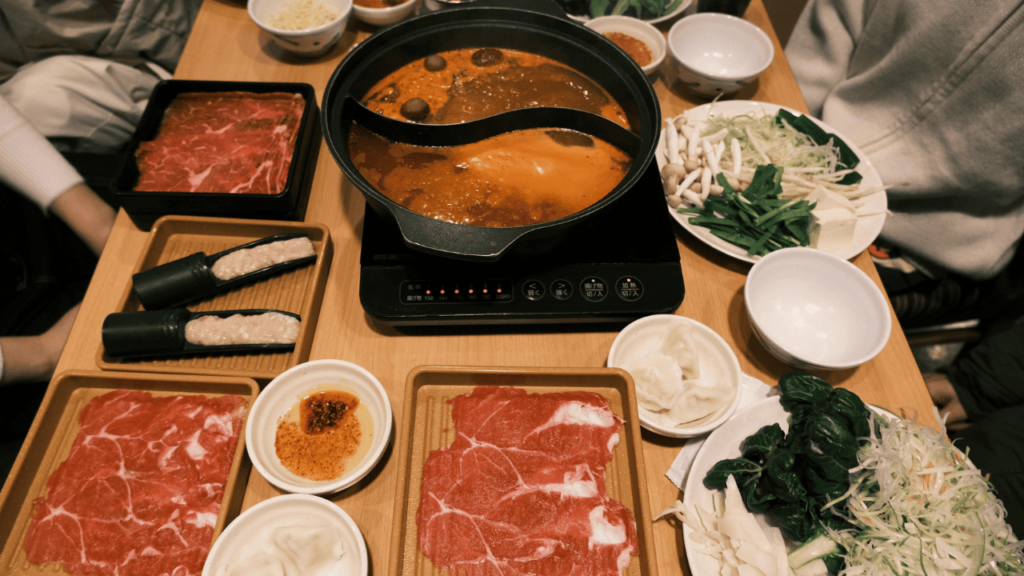
A hot pot dish of thinly sliced beef, vegetables, tofu, and glass noodles cooked in a sweet soy-based broth. Sukiyaki is often served with a raw egg for dipping and enjoyed communally, making it a popular dish for family gatherings, especially in colder month.
French Cuisine
Known for its sophistication and technique, French cuisine has influenced cooking worldwide. From flaky pastries and buttery sauces to delicate soups and stews, French cuisine covers a broad range of flavors.
- the best dishes in French cuisine
- Coq au Vin
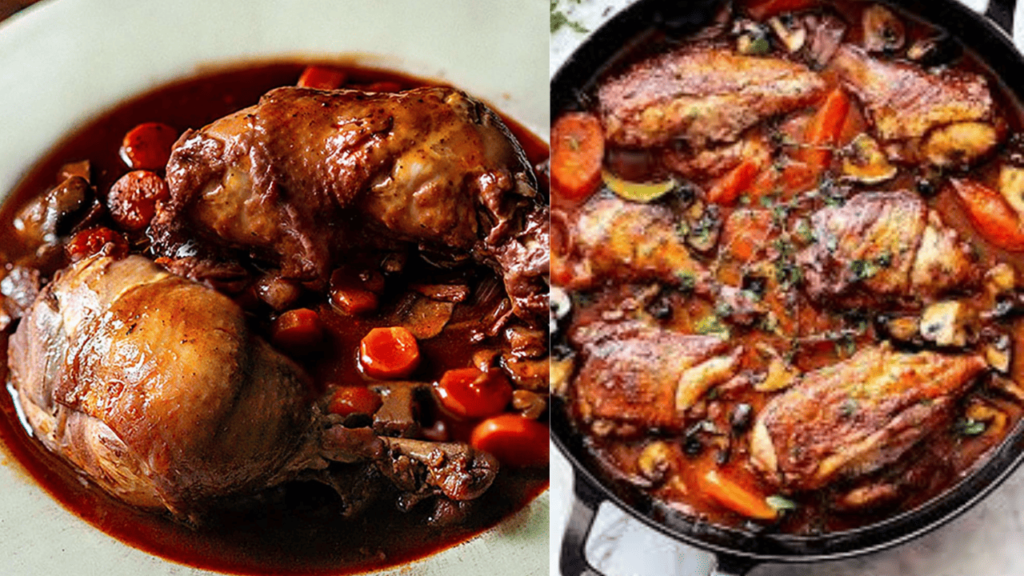
This classic French dish features chicken slow-cooked in red wine with mushrooms, onions, and bacon. Originating in Burgundy, coq au vin showcases the richness of French flavors, where wine and time create a tender, flavorful stew.
- Ratatouille
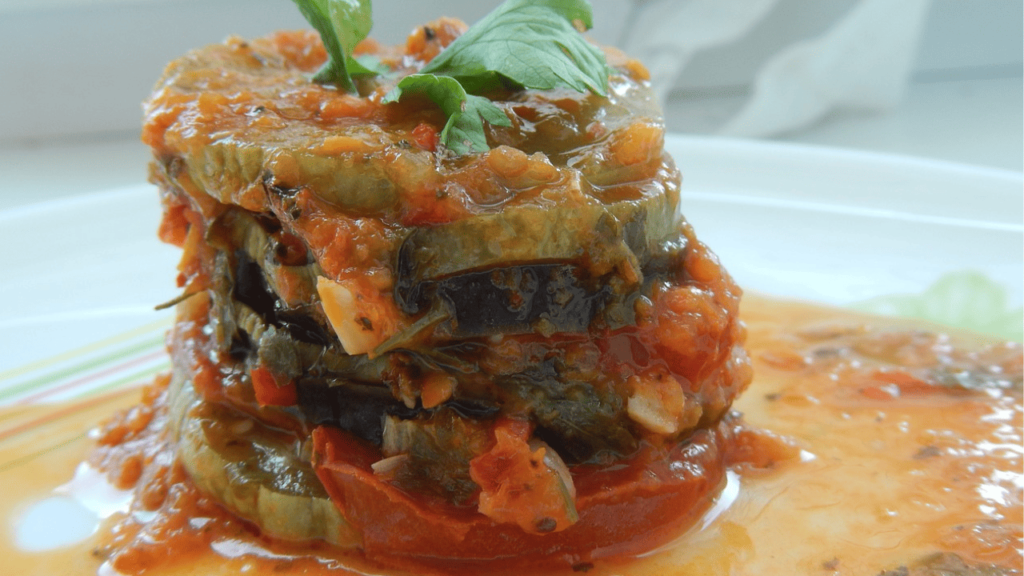
A traditional Provençal vegetable stew, ratatouille includes ingredients like eggplant, zucchini, tomatoes, peppers, and onions. Often baked or stewed together with herbs, it celebrates fresh, Mediterranean flavors and showcases the art of simple yet flavorful cooking.
- Crêpes
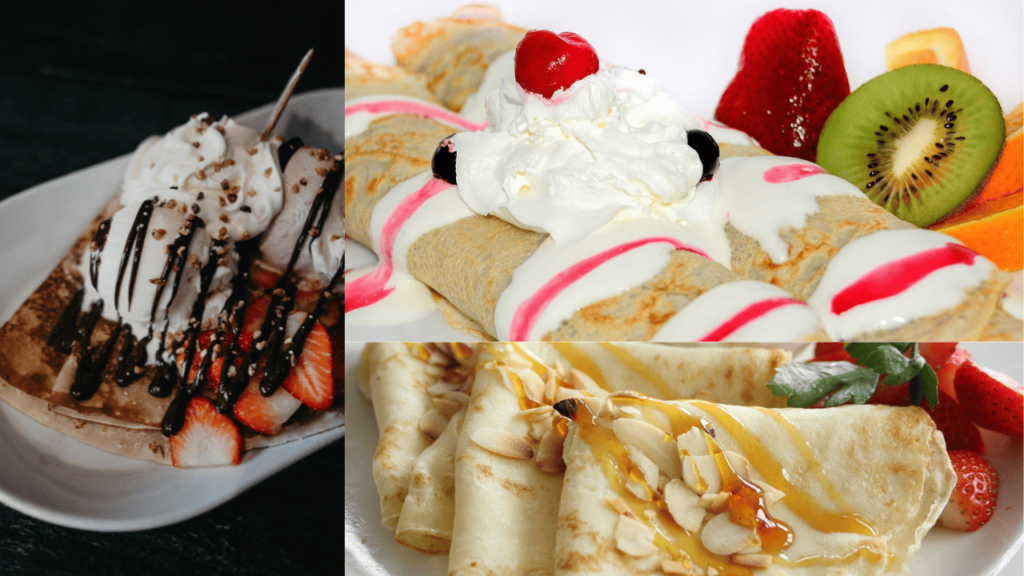
These thin pancakes come in two main types: sweet (crêpes sucrées) and savory (galettes). Sweet crêpes are often filled with chocolate, fruit, or whipped cream, while savory galettes (often made with buckwheat) are filled with ingredients like ham, cheese, and eggs.
- Pain au Chocolat
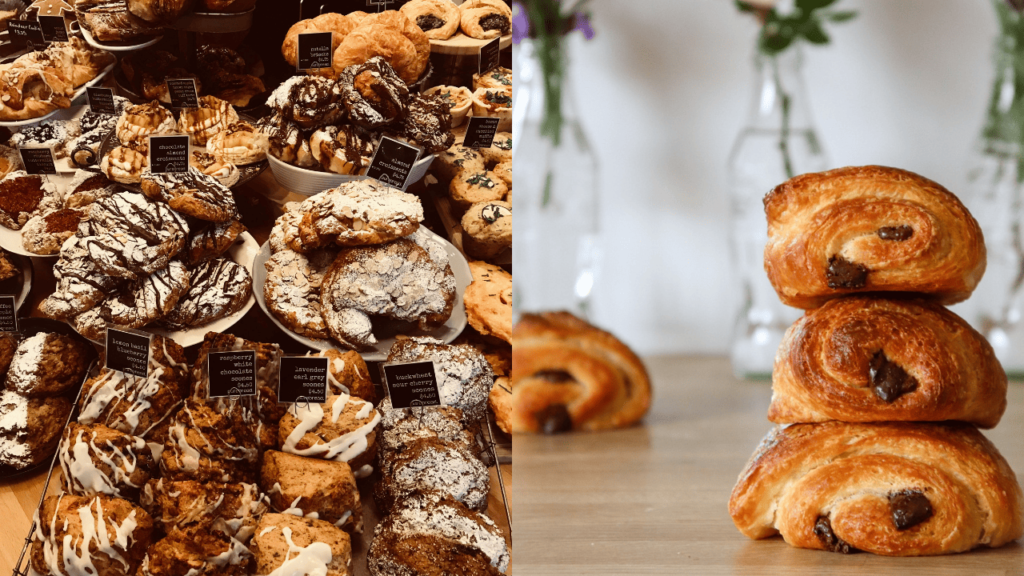
Similar to a croissant, this pastry is made with laminated dough and filled with chocolate. Pain au chocolat is a staple of French bakeries and beloved for its buttery layers and rich chocolate center.
Korean Cuisine
Known for its fermented flavors and spicy heat, Korean cuisine includes dishes like kimchi, bibimbap, and bulgogi. Fermented vegetables, soy sauce, and gochujang (chili paste) add complexity and depth to Korean dishes. Korean meals typically include a variety of side dishes, emphasizing balance and an array of tastes in each meal.
the best dishes korean cuisine
- Kimchi

The heart of Korean cuisine, kimchi is a fermented side dish made primarily from napa cabbage and radishes, flavored with red chili pepper flakes, garlic, ginger, and fish sauce. This tangy, spicy staple accompanies nearly every Korean meal, bringing a burst of flavor and probiotic health benefits.
- Bibimbap
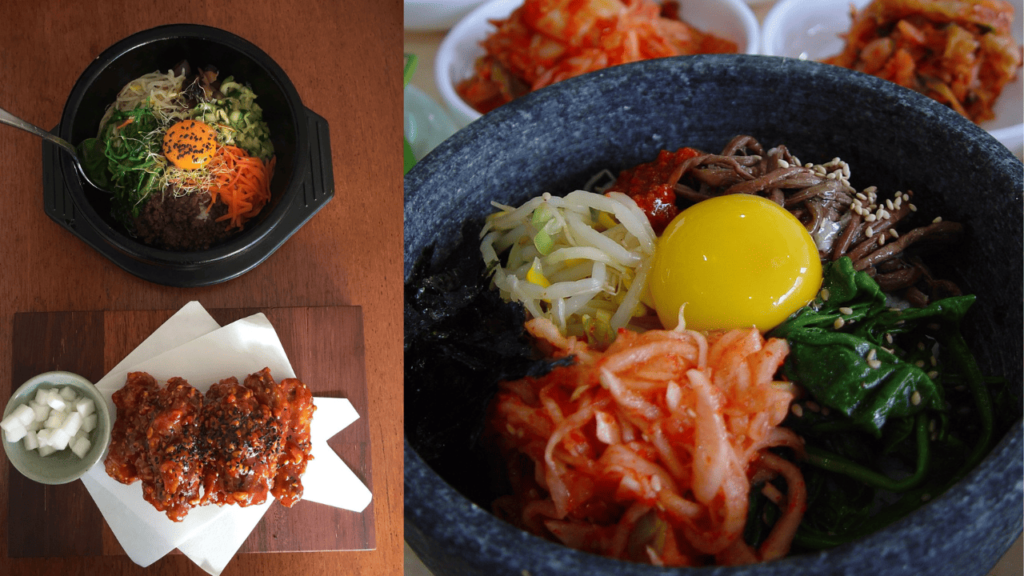
Bibimbap is a colorful, mixed rice bowl topped with various vegetables, marinated beef, a fried egg, and a dollop of gochujang (Korean chili paste). The dish represents balance, with its array of textures and flavors that come together when mixed just before eating.
- Tteokbokki
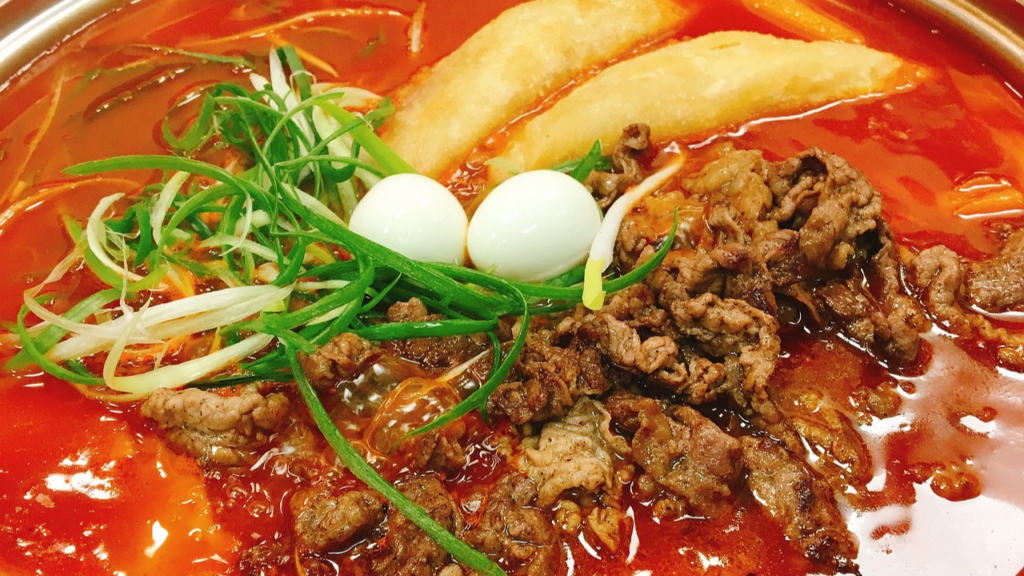
A popular Korean street food, tteokbokki consists of chewy rice cakes simmered in a spicy-sweet sauce made from gochujang, fish cakes, and vegetables. Its fiery flavor and satisfying texture make it a comforting snack or meal, especially during colder months.
- Gimbap
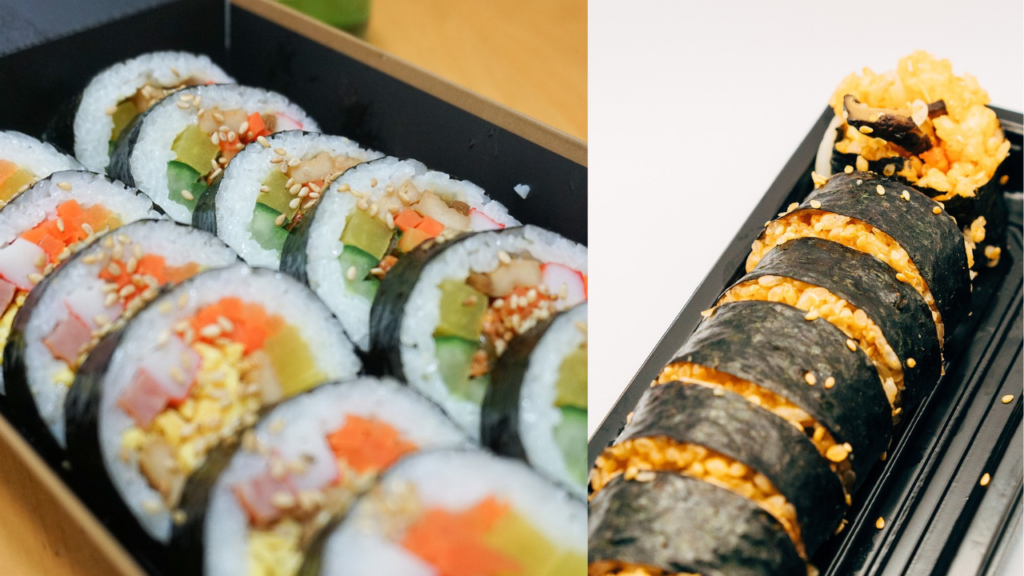
Often referred to as “Korean sushi,” gimbap is made with rice, seasoned vegetables, meat, and pickled radish, rolled in seaweed and sliced. Unlike sushi, gimbap rice is seasoned with sesame oil, giving it a nutty flavor, and it’s a popular snack or picnic food.
Moroccan cuisine
Moroccan cuisine is a vibrant and aromatic culinary tradition from North Africa, known for its rich flavors, use of spices, and fusion of influences from Arab, Berber, Andalusian, Mediterranean, and French cultures. This cuisine is characterized by its unique combination of sweet and savory flavors, often achieved through the use of dried fruits, such as apricots and raisins, alongside meats and vegetables. Spices play a central role, with ingredients like cumin, saffron, cinnamon, and ginger bringing warmth and complexity to dishes.
the best dishes Moroccan cuisine
- Tagine

Named after the clay pot in which it’s slow-cooked, tagine is a savory stew of meats (often chicken, lamb, or beef) simmered with vegetables, fruits, and spices like cumin, turmeric, saffron, and cinnamon. Variants include lamb tagine with apricots and almonds or chicken tagine with olives and preserved lemons, each with its own balance of sweetness and spice.
- Couscous
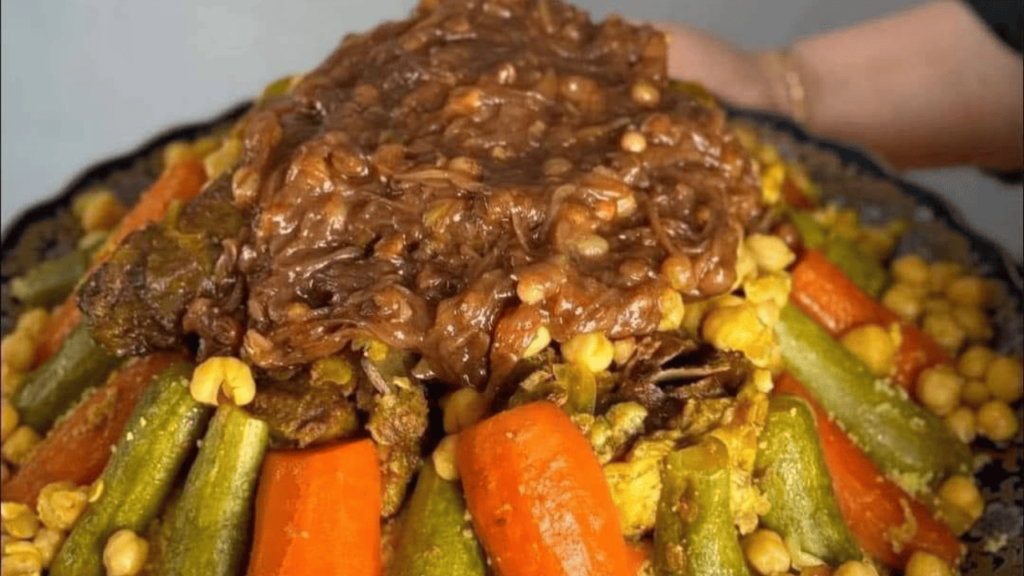
Often considered Morocco’s national dish, couscous is made from steamed semolina granules and traditionally served with a stew of meat and vegetables on top. The couscous absorbs the flavors of the broth, making it rich and satisfying. A Friday favorite, it’s commonly topped with lamb, chicken, chickpeas, and root vegetables.
- Rfissa

Rfissa is a dish of slow-cooked chicken and lentils served over shredded msemen (a flaky flatbread). Seasoned with fenugreek, saffron, and other spices, it’s often prepared for special occasions or after childbirth, as it’s considered nutritious and restorative.
- Seffa

Seffa is a sweet and savory dish of steamed couscous or vermicelli topped with powdered sugar, cinnamon, and almonds. Often served as a dessert or sweet side dish, it combines contrasting flavors and textures in a unique and delicious way.
- Tangia
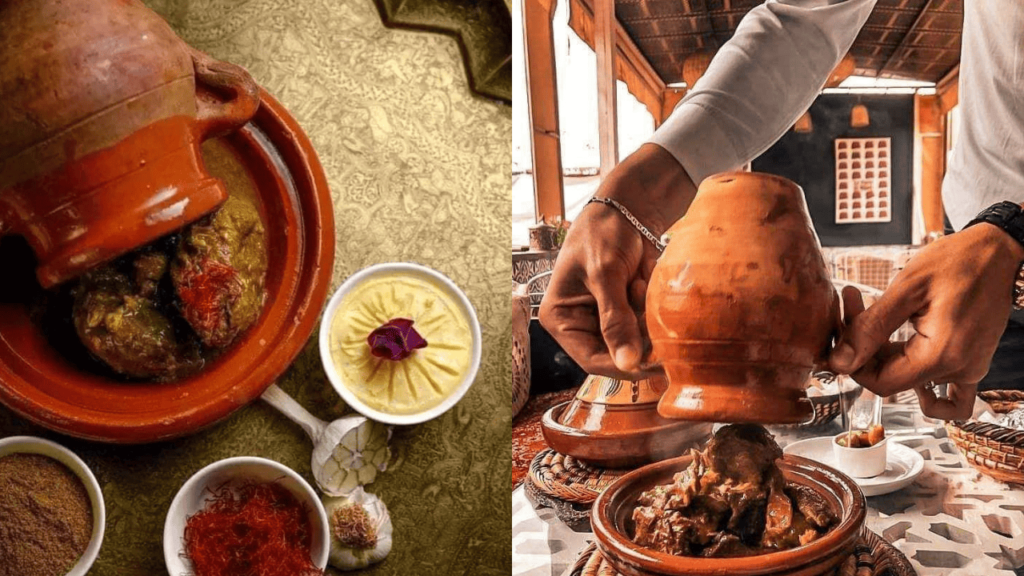
A traditional dish from Marrakech, tangia is a slow-cooked stew made with lamb, spices, and preserved lemon, cooked in an earthenware pot. It’s typically slow-cooked in the embers of a fire, producing tender, flavorful meat infused with rich spices.
These dishes showcase the rich tapestry of Moroccan cuisine, with its balance of spices, contrasting flavors, and diverse influences from Berber, Arab, and Mediterranean traditions. Each meal is an invitation to experience Morocco’s history, hospitality, and love for vibrant, flavorful food.



